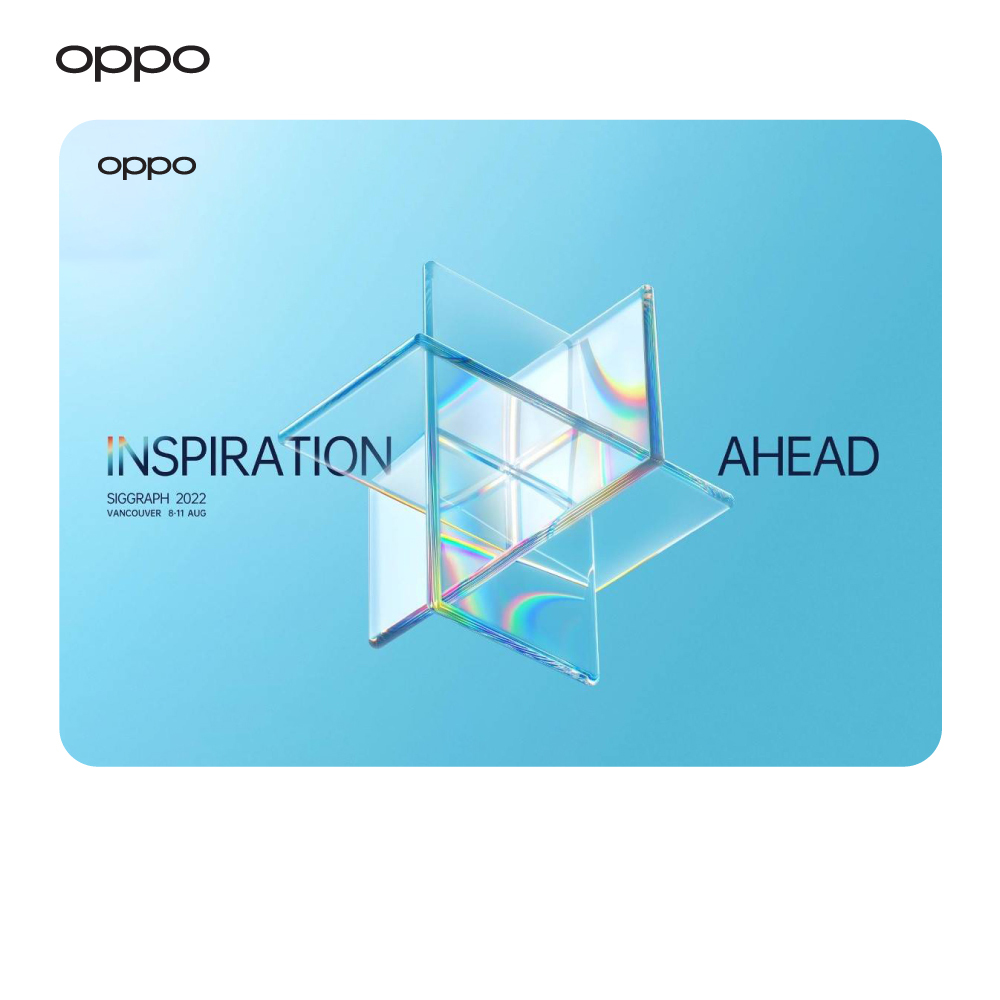OPPO’s Tech-Innovations: Ray Tracing, Heterogenous Computing, & AR at SIGRAPPH 2022
OPPO’s Tech-Innovations: Ray Tracing, Heterogenous Computing, & AR at SIGRAPPH 2022

Back in August 2022 OPPO announced to participate in an international conference SIGGRAPH where OPPO presented its future leading innovative technologies, which include ray tracing, AR, heterogenous computing, etc. As per the OPPO’s commitment these technologies promise improvement in hands-on user-experience. Let’s know about these technologies.
OPPO Ray Tracing
At ODC 2021, OPPO first disclosed its ambitions for ray tracing technology. In conjunction with international partners, OPPO made an announcement at SIGGRAPH 2022 about the release of its Physray Engine 1.0, a new open-source ray tracing technology that will enable a new generation of visual experiences. The ColorOS Ray Tracing 3D Wallpaper, which OPPO developed as the first mobile real-time ray tracing system application, will also get an update that owners of the device may download from the OPPO App Store. Users can enjoy the astonishing visual effects of the wallpapers powered by the physics engine in the interim thanks to a collaboration between OPPO and Taichi Lang.
OPPO will also show off its Physray Engine 2.0, which represents the most recent advancement in ray tracing technology. The new engine incorporates more sophisticated ray tracing capabilities, including full path tracking, global rendering pipeline, and OPPO-exclusive ray tracing effects. All developers will soon have access to these new features as well. War Zone, a sizable action game environment built using the Physray Engine 2.0, and an animation showcasing full path tracing on mobile devices was also featured by OPPO during the event.
OPPO Heterogenous Computing System
In order to investigate heterogeneous software applications using several processing cores, OPPO has long invested in heterogeneous computing technologies. The heterogeneous computing technology from OPPO is built for performance and power optimization, assisting programmers in better resolving issues with application performance and creating quicker, more effective programmes. The OPPO heterogeneous computing system, which moves all 2D rendering from the GPU to the DSP, reduces power consumption while optimising system load, was on display at SIGGRAPH 2022 with the newest gaming demos. In terms of high-performance computing, OPPO also presented a video format conversion tool based on its self-created lightweight and effective inference architecture.
OPPO Digital Human
The hyper-realistic digital human technology created by OPPO itself is called the OPPO Digital Human. Thanks to its lifelike appearance and personality founded on AI skills like semantic recognition, feature identification, voice synthesis, lip syncing, and dynamic expressions, the technology offers a realistic and distinctive interactive experience. The OPPO Digital Human is built to continuously develop its intelligence through constant AI training, enabling it to eventually take on tasks that are presently solely handled by people, such those in customer care.
OPPO AR Glass 2021
The second AR glasses concept product from the firm, OPPO AR Glass 2021, was first displayed at OPPO INNO Day 2020. In comparison to its predecessor, it has a split design that is about 75% lighter, making it more comfortable to wear for extended periods of time. It uses a special Birdbath optical solution that, compared to its predecessor, boosts contrast by 53%, brightness uniformity by 98%, and pixels per degree by 40%, producing sharper and more precise images. The OPPO AR Glass 2021 delivers the first end-to-end AR language translation capability in the market, supported by translations between Chinese, English, Japanese, and Korean languages and powered by a variety of patented computer vision technologies.
The head of the OPPO Seattle Engineering Team, Dr. Hongyu Sun, stated that the quality of mobile graphics rendering is about to take off. "In the upcoming years, mobile graphics will have unprecedented fidelity thanks to the new generation of mobile hardware and a variety of superior rendering algorithms. OPPO is making significant investments in this area, and this year at SIGGRAPH, we'd want to update attendees on our most recent developments. I hope you will appreciate the demos we prepared for SIGGRAPH on ray tracing, heterogeneous computing platform, path tracing, AR glass, and physical rendering”.






